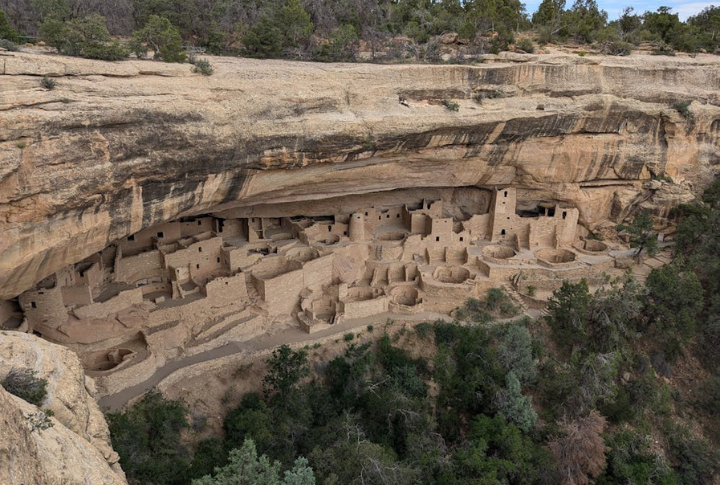
Long before highways and high-rises, North America pulsed with cities and trade routes. Mounds rose like monuments, and communities thrived under the stars. Skilled builders shaped massive earthworks and sacred spaces that still echo with ingenuity. These ten centers remind us that a complex society didn’t start with colonists.
Watson Brake
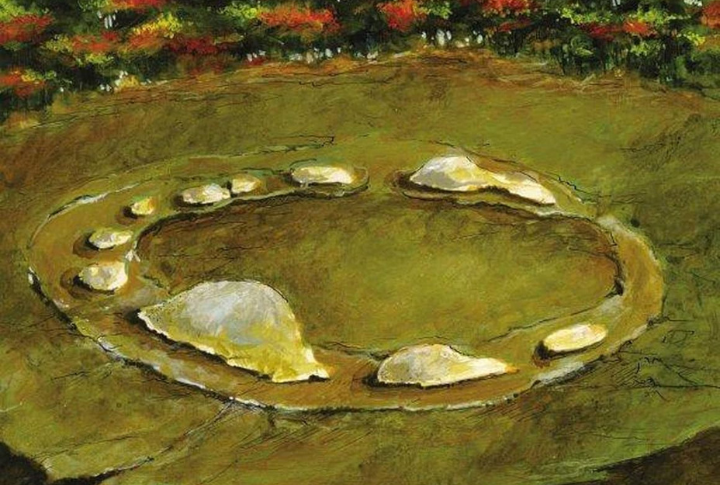
Watson Brake, older than Egypt’s pyramids, rose around 3500 BCE in Louisiana. Built by hunter-gatherers, its 11 connected mounds form an oval. Constructed gradually over centuries, the site wasn’t for burials but for ceremonial or communal purposes. It reveals complex social planning before farming or stratified leadership.
Cahokia
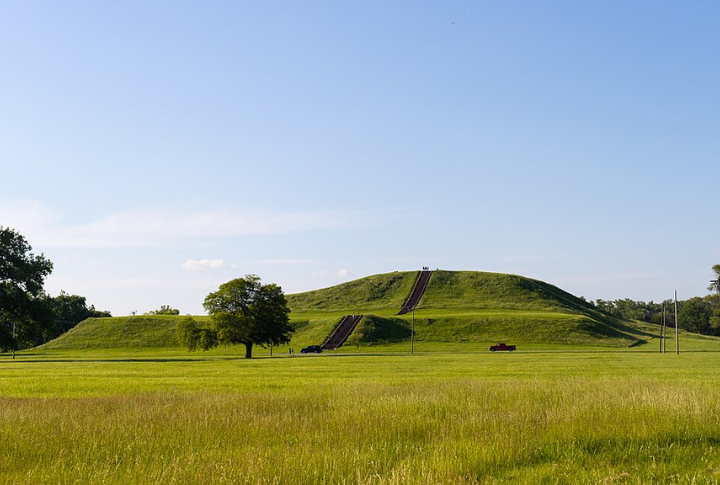
Artifacts unearthed at Cahokia show a vast trade network. Copper from the Great Lakes, shells from the Gulf, and more confirm exchange routes that stretched thousands of miles. These items highlight Cahokia’s pivotal role as a commercial center in pre-Columbian North America.
Chaco Canyon
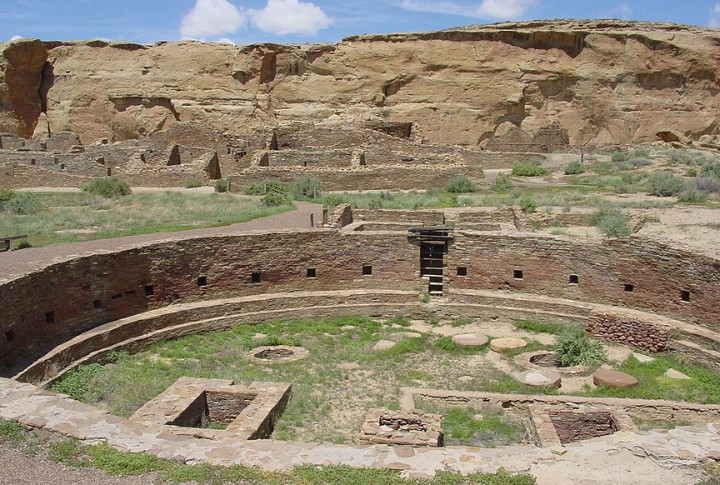
Chaco Canyon featured monumental architecture, including Pueblo Bonito, the largest building in North America until the 1800s. Goods arrived here from Mexico and the Great Plains. Rare cylinder jars found onsite tested positive for cacao residue, supporting evidence of cross-regional exchange with Mesoamerica and cultural practices in the Southwest.
Etowah Mounds
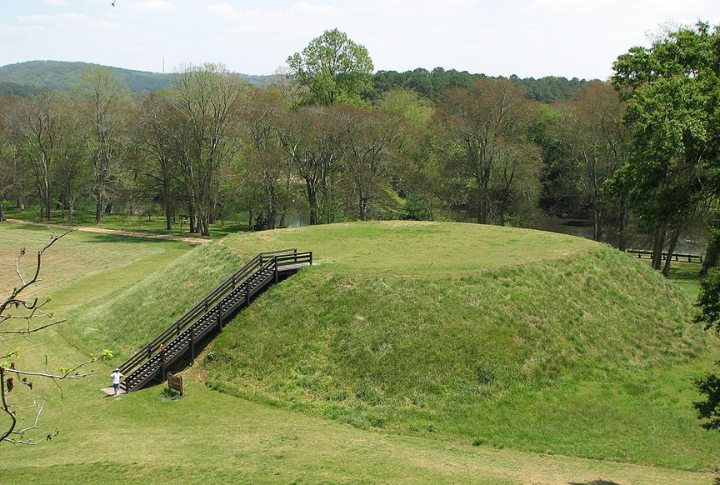
Fortified with a moat and palisade, Etowah reflects a society on guard. It relied on a hierarchical system centered on mounds as a central chiefdom. Mound A served civic functions, while Mound B was used for religious ceremonies. As for Mound C, it held funerary ceremonies.
Mesa Verde
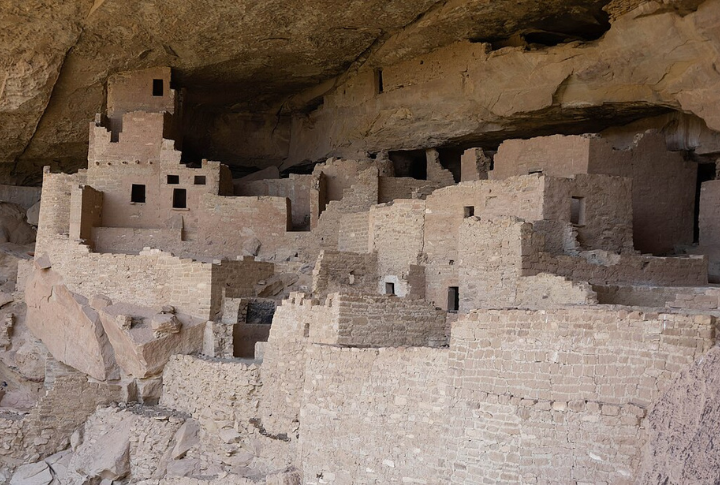
Before its iconic cliff homes, Mesa Verde was home to Paleo-Indians who used stone alcoves for shelter. By 500 CE, basketmakers had introduced pit houses. Later, the Ancestral Puebloans pioneered agricultural advancements like terracing and water conservation and cultivated corn and beans to sustain their thriving mesa-top villages.
Poverty Point

Poverty Point challenges the belief that agriculture is essential for complex societies. Inhabitants lived off fishing, hunting, and gathering. Still, they constructed monumental earthworks—six concentric ridges and large mounds, including the 72-foot (Mound A)—and became one of North America’s largest and most mysterious prehistoric sites.
Moundville
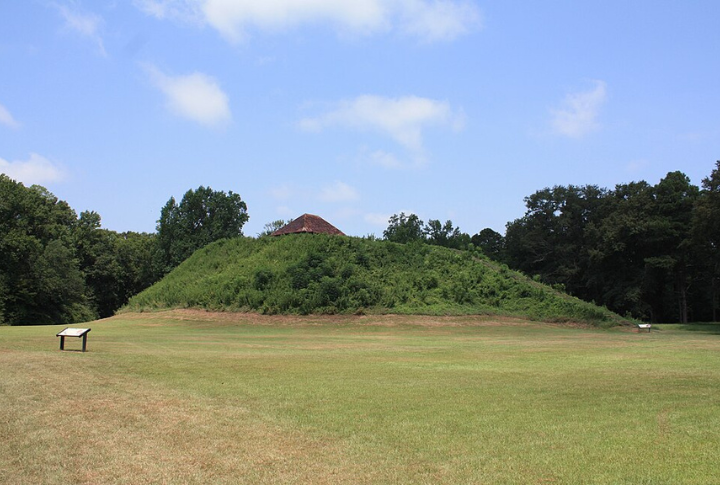
Set along the Black Warrior River, Moundville thrived as a trade hub and was linked to the Great Lakes and the Gulf Coast. A coiled rattlesnake carved into stone remains one of its iconic artifacts, which embodied protection and spiritual strength. It marks the site as not just a center of commerce but of deep spiritual authority.
Spiro Mounds
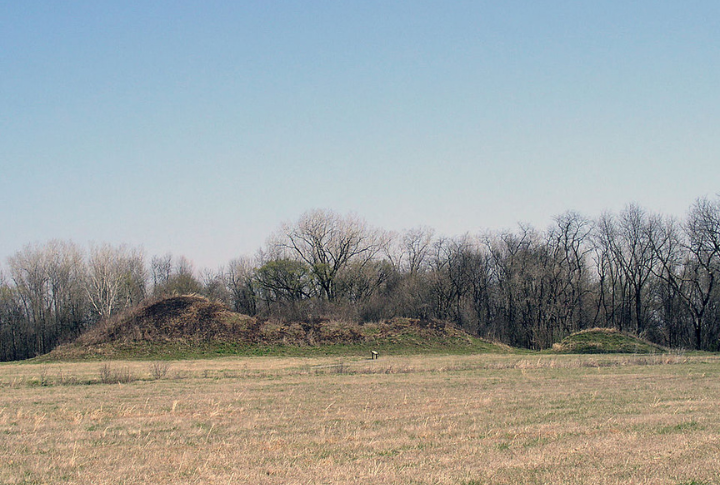
Spiro Mounds stood at the heart of the Mississippian world. In one of the tunnel’s rare hollow chambers—Craig Mound’s—textiles and shells were preserved. Spiro connected sites like Cahokia and Moundville as part of the Southeastern Ceremonial Complex, trading symbols and goods from Mesoamerica to the Great Lakes and beyond.
Casa Grande Ruins
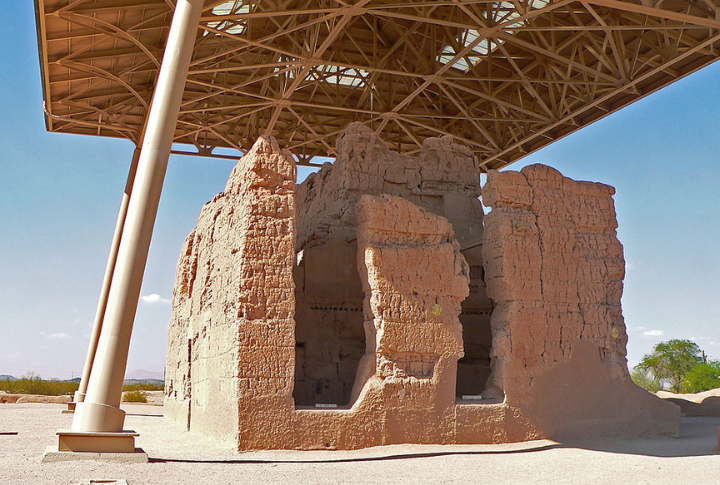
Casa Grande was a thriving Hohokam center from 1150 to 1450 CE. Their Casa Grande, an adobe giant rising 35 feet, still stands. Sophisticated irrigation systems enabled desert farming, while widespread trade brought goods and ideas. It remains one of North America’s largest and most impressive prehistoric adobe structures.
Paquime
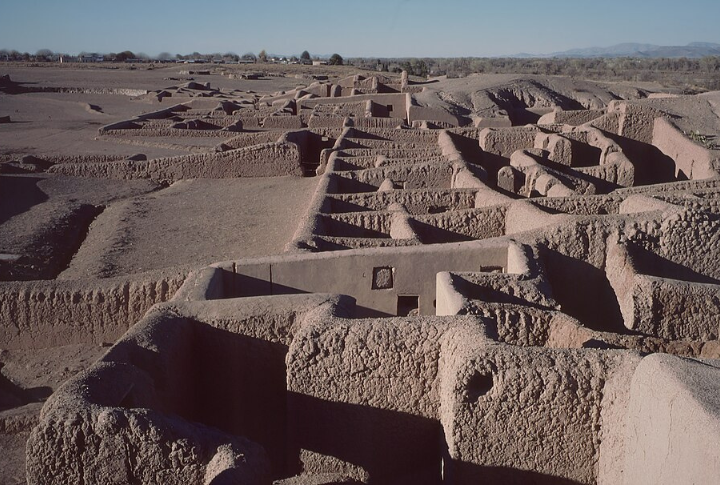
Also known as Casas Grandes, it flourished in northern Mexico as a major pre-Hispanic center. Its features reveal a rich fusion of Puebloan and Mesoamerican influence, and among them are multilevel adobe dwellings and complex hydraulic systems. The city thrived as a trade and ceremonial hub in the North American borderlands.

